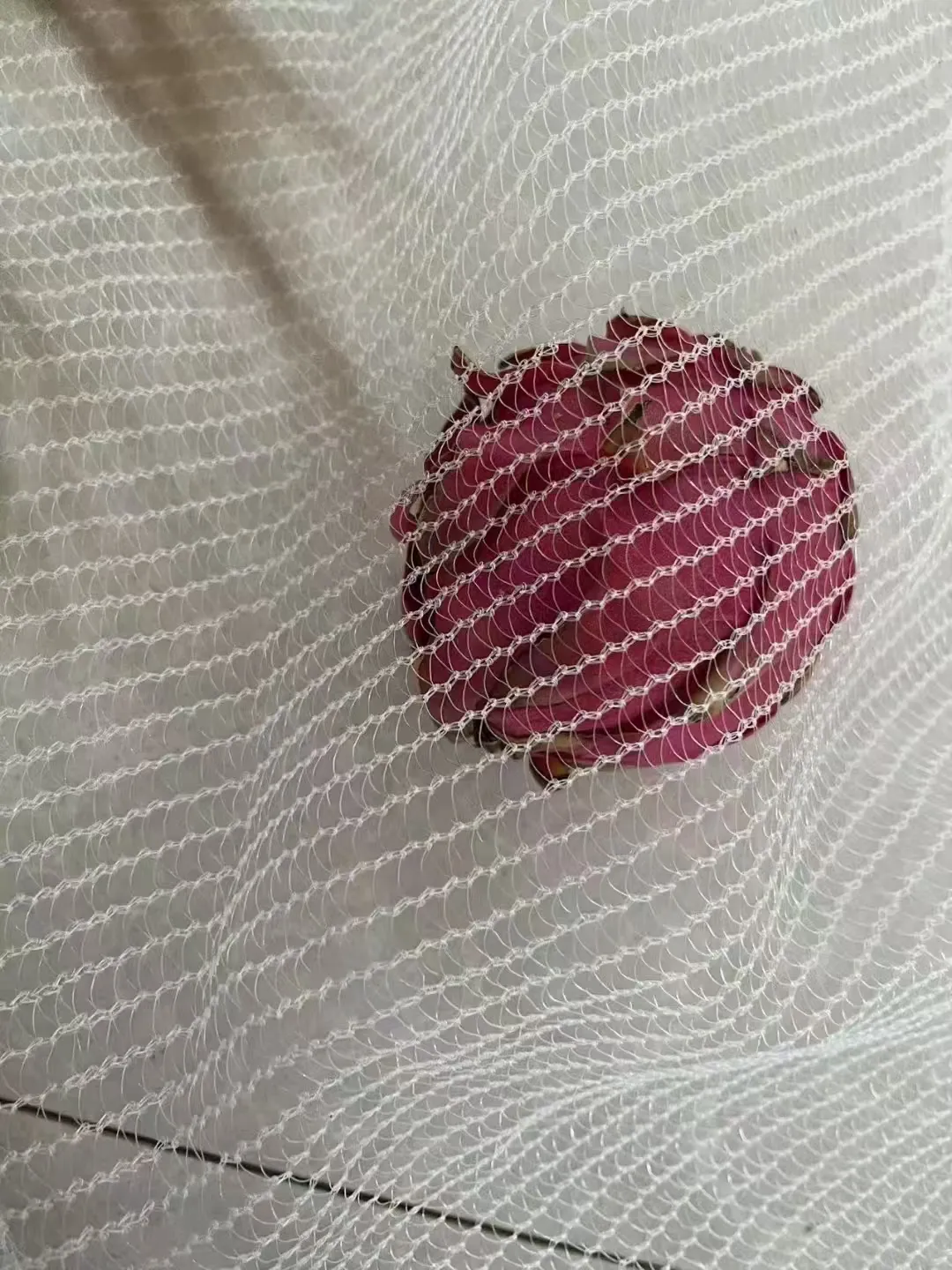-
 Afrikaans
Afrikaans -
 Albanian
Albanian -
 Amharic
Amharic -
 Arabic
Arabic -
 Armenian
Armenian -
 Azerbaijani
Azerbaijani -
 Basque
Basque -
 Belarusian
Belarusian -
 Bengali
Bengali -
 Bosnian
Bosnian -
 Bulgarian
Bulgarian -
 Catalan
Catalan -
 Cebuano
Cebuano -
 China
China -
 Corsican
Corsican -
 Croatian
Croatian -
 Czech
Czech -
 Danish
Danish -
 Dutch
Dutch -
 English
English -
 Esperanto
Esperanto -
 Estonian
Estonian -
 Finnish
Finnish -
 French
French -
 Frisian
Frisian -
 Galician
Galician -
 Georgian
Georgian -
 German
German -
 Greek
Greek -
 Gujarati
Gujarati -
 Haitian Creole
Haitian Creole -
 hausa
hausa -
 hawaiian
hawaiian -
 Hebrew
Hebrew -
 Hindi
Hindi -
 Miao
Miao -
 Hungarian
Hungarian -
 Icelandic
Icelandic -
 igbo
igbo -
 Indonesian
Indonesian -
 irish
irish -
 Italian
Italian -
 Japanese
Japanese -
 Javanese
Javanese -
 Kannada
Kannada -
 kazakh
kazakh -
 Khmer
Khmer -
 Rwandese
Rwandese -
 Korean
Korean -
 Kurdish
Kurdish -
 Kyrgyz
Kyrgyz -
 Lao
Lao -
 Latin
Latin -
 Latvian
Latvian -
 Lithuanian
Lithuanian -
 Luxembourgish
Luxembourgish -
 Macedonian
Macedonian -
 Malgashi
Malgashi -
 Malay
Malay -
 Malayalam
Malayalam -
 Maltese
Maltese -
 Maori
Maori -
 Marathi
Marathi -
 Mongolian
Mongolian -
 Myanmar
Myanmar -
 Nepali
Nepali -
 Norwegian
Norwegian -
 Norwegian
Norwegian -
 Occitan
Occitan -
 Pashto
Pashto -
 Persian
Persian -
 Polish
Polish -
 Portuguese
Portuguese -
 Punjabi
Punjabi -
 Romanian
Romanian -
 Russian
Russian -
 Samoan
Samoan -
 Scottish Gaelic
Scottish Gaelic -
 Serbian
Serbian -
 Sesotho
Sesotho -
 Shona
Shona -
 Sindhi
Sindhi -
 Sinhala
Sinhala -
 Slovak
Slovak -
 Slovenian
Slovenian -
 Somali
Somali -
 Spanish
Spanish -
 Sundanese
Sundanese -
 Swahili
Swahili -
 Swedish
Swedish -
 Tagalog
Tagalog -
 Tajik
Tajik -
 Tamil
Tamil -
 Tatar
Tatar -
 Telugu
Telugu -
 Thai
Thai -
 Turkish
Turkish -
 Turkmen
Turkmen -
 Ukrainian
Ukrainian -
 Urdu
Urdu -
 Uighur
Uighur -
 Uzbek
Uzbek -
 Vietnamese
Vietnamese -
 Welsh
Welsh -
 Bantu
Bantu -
 Yiddish
Yiddish -
 Yoruba
Yoruba -
 Zulu
Zulu
stainless suction strainer
Understanding Stainless Steel Suction Strainers
In various industrial and commercial settings, maintaining the integrity of fluid systems is crucial. One of the key components that play a vital role in these systems is the stainless steel suction strainer. This device serves as a first line of defense in preventing contaminants from entering pipelines, pumps, and other equipment. By filtering out debris and particulates, suction strainers help to ensure the smooth operation of fluid handling systems, enhancing their efficiency and longevity.
Understanding Stainless Steel Suction Strainers
The working principle of a suction strainer is straightforward. As fluid enters the strainer, it passes through a mesh or perforated screen. The screen is designed with specific hole sizes to capture particles while allowing clean fluid to pass through. The captured debris accumulates on the surface of the strainer, and that is why regular maintenance is required. Depending on the application and the level of contamination within the fluid, the frequency of cleaning or replacing the strainer may vary.
stainless suction strainer

Applications of stainless steel suction strainers are widespread across numerous industries, including water treatment, chemical processing, food and beverage, and pharmaceuticals. In water treatment plants, for example, strainers protect pumps and other equipment from debris and sediments, ensuring that the water purification processes run smoothly. In the food and beverage industry, where hygiene is paramount, stainless steel strainers help maintain the cleanliness of products by filtering out contaminants during production.
Moreover, one of the notable advantages of using stainless steel strainers is their ability to endure harsh conditions, such as exposure to chemicals, extreme temperatures, and high-pressure situations. This resilience contributes to reducing operational costs over time, as less maintenance work and fewer replacements are needed compared to strainers made of less durable materials.
However, when selecting a stainless steel suction strainer, it’s important to consider factors such as the size, flow rate, and the specific application needs. This ensures optimal performance and protects the integrity of the complete fluid system. Consulting with a specialist or manufacturer can provide insights into the best type of strainer for your particular application, ensuring that you achieve an effective balance between filtration efficiency and fluid flow.
In conclusion, stainless steel suction strainers are indispensable components in the world of fluid management. Their durability, efficiency, and broad applicability make them a key choice for industries aiming to safeguard their operations from contamination. Investing in high-quality suction strainers not only protects equipment but also enhances productivity and operational reliability. As industries continue to evolve, the importance of reliable filtration systems like stainless steel suction strainers will only grow, paving the way for more efficient and cleaner production processes.
-
Shipping Plastic Bags for Every NeedNewsJul.24,2025
-
Safety Netting: Your Shield in ConstructionNewsJul.24,2025
-
Plastic Mesh Netting for Everyday UseNewsJul.24,2025
-
Nylon Netting for Every UseNewsJul.24,2025
-
Mesh Breeder Box for Fish TanksNewsJul.24,2025
-
Expanded Steel Mesh Offers Durable VersatilityNewsJul.24,2025











